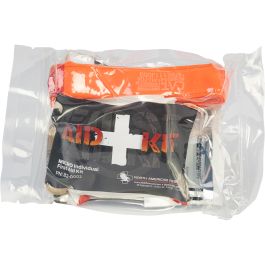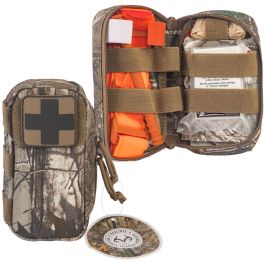ThePennsylvanian
Well-Known Member
Being realistic 99% of us are only hunting one day at a time. So the things you need focus on is life safety. In the corps we got 4 life saving rules, start the breathing, stop the bleeding protect the wound treat for shock. So in a self aid situation you need to focus on stop the bleeding and protecting the wound. In my kit have the following:
1) combat quick tourniquet - 6$ amazon or cheap for "expired" ones on eBay
2) wound pack gauze, 3 rolls, 3$ for a 12pack
3) ace bandage to dress wound <2$ a piece.
4) medical tape - just cheap stuff
5) medical gloves (while first aid kits are meant to be used on yourself, but you never know when you might need to help someone else)
And as far as "first aid" that's all I need and feel that is needed to carry.
1) combat quick tourniquet - 6$ amazon or cheap for "expired" ones on eBay
2) wound pack gauze, 3 rolls, 3$ for a 12pack
3) ace bandage to dress wound <2$ a piece.
4) medical tape - just cheap stuff
5) medical gloves (while first aid kits are meant to be used on yourself, but you never know when you might need to help someone else)
And as far as "first aid" that's all I need and feel that is needed to carry.
Last edited:




